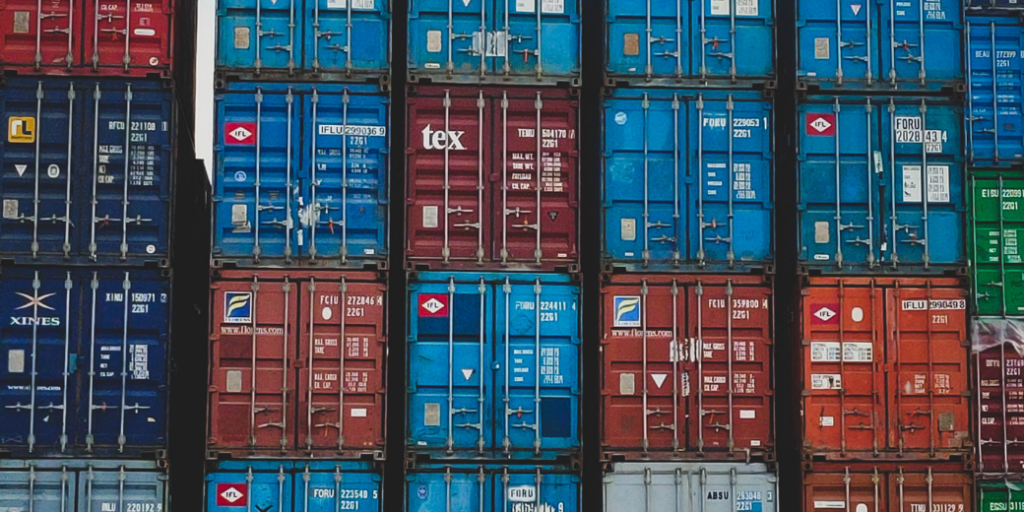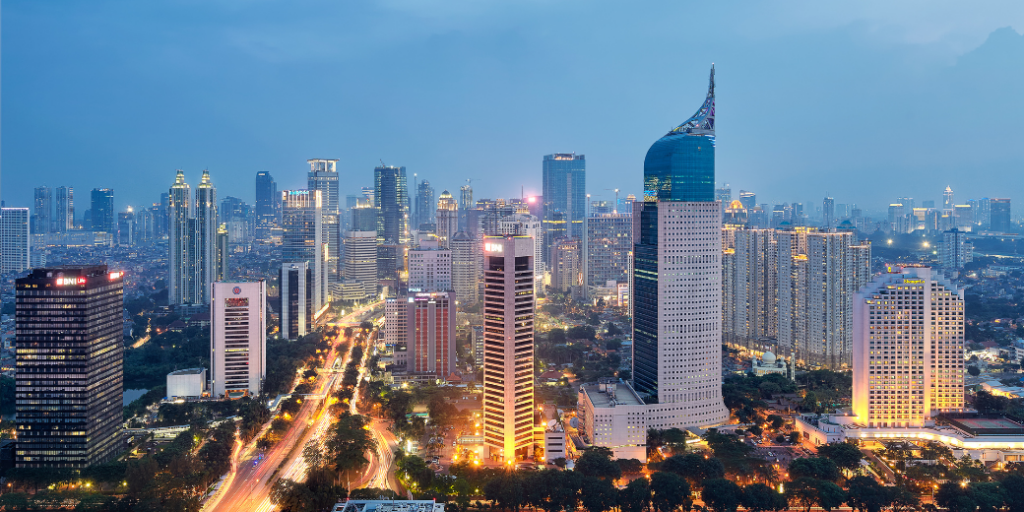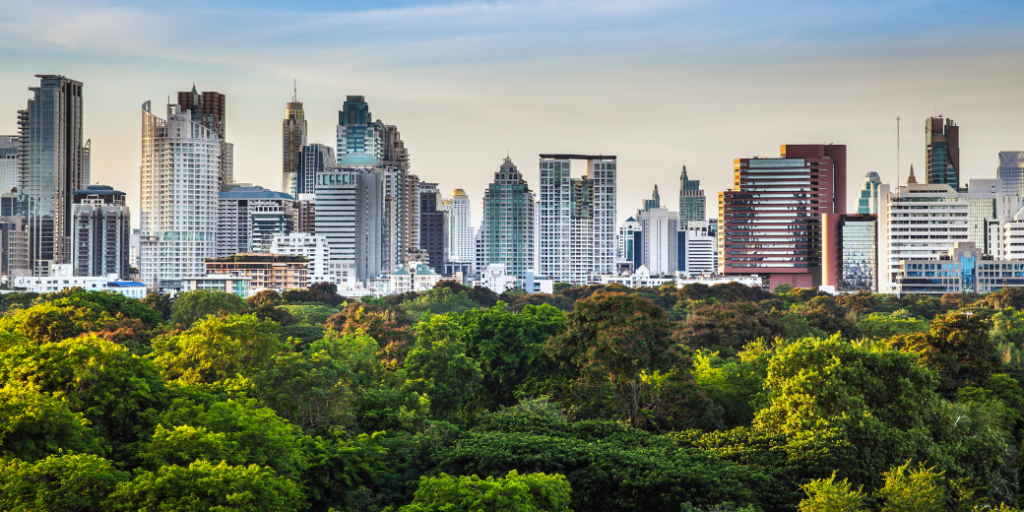Trend Reports
Southeast Asia Data Centre Market Surge

Summary
Discover why Southeast Asia is a prime data centre hub, with growing investments, strong connectivity, and localisation laws driving massive expansion.
Exploring Southeast Asia’s Rapid Data Centre Market Expansion
As Southeast Asia (SEA) continues to deepen its digital integration and emerge as a global investment hotspot, the Southeast Asia’s data centre market occupies center stage for companies seeking both operational efficiency and a strong market presence. From e-commerce growth to government digitalisation efforts, the rising demand for reliable, localised data processing is pushing the region to invest heavily in Data Centre (DC) capacity. This article highlights the key market trends—focusing on demand-side and supply-side factors—and explores the potential that makes SEA a highly attractive DC destination, particularly for overseas corporations expanding in the region.
Why Data Centre Market in Southeast Asia Are Expanding Rapidly
| Singapore Leading the Rapid Expansion of the Southeast Asia Data Centre Market
Over the last few years, investments in SEA data centres have soared, reaching an estimated USD 10 billion in 2023 alone, with projections forecasting a 10% CAGR in DC investments between 2023 and 2029. While Singapore accounts for the largest slice of SEA’s existing DC market—59% of current capacity—other countries such as Malaysia, Indonesia, Thailand, the Philippines, and Vietnam are quickly ramping up capacity. The result is a dynamic landscape where new entrants, local operators, and global players are competing to meet a rapidly expanding regional and global demand for data storage and processing.
| Key Advantages Driving Data Centre Market Growth
Unlike long-established DC markets in Europe or North America, SEA’s data centre ecosystem features several unique advantages. First, the region is home to lower set-up and operating costs in many of its countries, compared to more mature markets . Second, the expanding network of international submarine cables has bolstered connectivity, an essential ingredient for data-intensive workloads. Finally, a relatively neutral geopolitical stance has made many SEA countries appealing for both Western and Chinese enterprises seeking to diversify their hosting locations.
Source: ARC Group | DC Map | CGS International based on DC Byte
Key Demand Drivers for Expansion in Southeast Asia
| The Impact of Data Sovereignty and Localisation Laws
A major catalyst for DC demand in SEA stems from increasingly strict data sovereignty laws, which compel companies to store data within national borders. Several SEA nations—including Malaysia, Indonesia, and Vietnam—are amending or introducing personal data protection regulations that explicitly require or strongly encourage local data storage .
- Malaysia: Under the Personal Data Protection Act and additional amendments slated for 2024, companies handling Malaysian citizens’ data must locate servers domestically unless they meet cross-border exemptions. This legal push inevitably funnels investments into local DC infrastructure.
- Indonesia: Passed its first comprehensive Personal Data Protection Law in October 2022, covering both electronic and non-electronic systems. It places tighter restrictions on cross-border data transfers and imposes significant penalties for breaches, driving more businesses to maintain in-country DCs.
- Vietnam: A draft Personal Data Protection Decree is under public review. Once enforced—likely by 2026—it would similarly restrict cross-border data handling and, in turn, could spark further investment in local data facilities.
These regulations, designed to protect consumer privacy and national interests, encourage multinational corporations and local companies alike to seek in-region DC solutions. As more SEA countries formalise or tighten local data laws, operators will likely see demand surge for expansions or new builds—particularly in major economic hubs where compliance burdens loom largest.
| How Tech and Government Initiatives Drive Market Growth
The digital economy’s explosive growth, led by e-commerce and fintech, is another key driver on the demand side. SEA’s e-commerce sector is forecast to grow at around 20% CAGR from 2024 to 2030, while fintech applications in areas like payment platforms and digital lending are projected to expand at approximately 12% CAGR over 2024–32 .
This surge stems from rising internet usage, greater mobile adoption, and governments prioritising digital transformation—often encapsulated in so-called “Smart Nation” or “Thailand 4.0” initiatives:
- Singapore’s MyDigital Blueprint and e-government apps such as MyInfo bring massive amounts of personal and transactional data online.
- Malaysia’s MyDigital also focuses on streamlining public services and spurring digital innovation.
- Indonesia’s Making Indonesia 4.0 fosters smart cities and advanced connectivity.
These nationwide strategies typically create large pools of data from citizens, government services, and businesses, which require robust, low-latency processing infrastructure. Moreover, 5G rollouts in major SEA markets are enabling data-heavy use cases—from IoT to immersive virtual applications—further stimulating demand for data centre capacity.
| The Role of Edge Data Centres and AI Workloads
Two trends creating fresh demand for DCs in SEA are the rise of edge computing and the growing power needs of artificial intelligence (AI). Edge DCs address use cases requiring very low latency, supporting local processing for applications such as autonomous vehicles, smart factories, IoT, and real-time analytics in healthcare or logistics .
Meanwhile, AI workloads—especially in deep learning and high-performance computing—often need high-density racks that can exceed 20–50 kW each, requiring advanced cooling systems. Malaysia, for example, is emerging as a prime hub for high-density AI DCs, thanks to its robust infrastructure for chip packaging and an abundance of land and power resources.
Source: ARC Group | Privacy World | Vietnam Breifing | Thales | Meticulous Research | imarc | MDDI | MyDigital | The ASEAN Post | ITA
Supply-Side Factors Supporting DC Construction
| Infrastructure, Connectivity, and Bandwidth Availability
To meet booming demand, SEA countries are expanding their connectivity infrastructure by adding submarine cables and improving terrestrial networks. Singapore, Malaysia, and Indonesia have notably high cable landing densities, while new cable projects — 34 in total over 2024–27 — are in the pipeline to enhance connectivity further .
A critical metric here is “lit” or equipped bandwidth capacity, which measures the active portion of a country’s internet infrastructure. Singapore leads in this capacity, reflecting its strong role as a regional internet hub. However, Malaysia is fast catching up, reducing the capacity gap in hopes of attracting more data centre operators. Collectively, these connectivity upgrades are lowering latency, improving reliability, and making it feasible to move large volumes of data within SEA and beyond.
| Reliable Power Supply and Water Resources
Data centres draw tremendous amounts of power for servers and cooling. In tropical climates, the latter can be especially intensive. Additionally, some DCs may consume millions of gallons of water daily, placing stress on local utilities . Across SEA, power grid reliability and water availability vary widely:
- Malaysia stands out as having both high power reserve margins and relatively low water stress, making it particularly appealing for large-scale DCs.
- Singapore, though highly reliable in power, faces land scarcity challenges and depends heavily on water imports and advanced water reclamation to meet DC cooling needs.
- Indonesia features significant natural resources, but reliability issues and potential natural disasters in certain regions can complicate site selection.
Nevertheless, as SEA governments step up their energy infrastructure, the region is gradually reducing the power and water constraints that traditionally deterred big DC operators.
| Geopolitical Neutrality & Resilience in Competitive Markets
SEA’s geopolitical neutrality has turned it into a strategic location for multinational enterprises wary of tensions between major economies. By distributing their cloud or data centre operations across Singapore, Malaysia, and Indonesia, these companies mitigate political and trade risks . In addition, Singapore and Malaysia both score well on disaster risk indices, meaning lower vulnerability to extreme weather events or geological threats—factors of prime importance for data centre reliability.
Southeast Asia Data Centre Market: Trends & Growth Potential
| Comparing Southeast Asia’s Growth to Global Benchmarks
Southeast Asia’s Data Centre market capacity is predicted to grow at a remarkable 35% CAGR between 2023 and 2028, outpacing the global average of 15% over the same period . Several factors feed this growth:
- Low Baseline Capacity – Many SEA countries are still building out their first wave of modern hyperscale data centres, so each new deployment significantly increases overall capacity.
- Localisation Mandates – As discussed, government regulations requiring local data storage continue to propel new builds.
- Massive Digital Demand – With digital payments, e-commerce, and streaming services becoming ingrained in everyday life, the volume of data processed in-region keeps climbing.
| Shifts in Capacity Share: Malaysia and Indonesia on the Rise
Though Singapore currently holds about 59% of total DC capacity in SEA, analysts project a dramatic shift by 2028. Malaysia could command 42% by that time, while Indonesia may hold 20%, collectively outpacing Singapore’s reduced share of 19% .
Key factors explaining this pivot:
- Cost Advantages: Land and construction costs in Malaysia and Indonesia are significantly lower, allowing DC operators to build large campuses at reduced capital expenditures.
- Supportive Policies: Programs such as Malaysia’s Corporate Renewable Energy Supply Scheme (CRESS) help corporations source renewable energy and meet sustainability targets.
- Vacancy Rates & Land Scarcity: Singapore’s near-zero vacancy rate and high real estate costs naturally push expansion to more spacious neighbors like Johor in Malaysia or Greater Jakarta in Indonesia.
| Cost Considerations: Construction and Operational Expenses
According to the report, Singapore’s land purchase cost can be as high as USD 11,573 per square meter, with DC construction costs around USD 11.23 per watt. In contrast, Malaysia’s land costs are only around USD 1,023 per square meter, and construction is about USD 8.53 per watt, reflecting notable differences in the operating environment . Thailand, Indonesia, Vietnam, and the Philippines also register lower costs and have higher vacancy rates, which makes them increasingly viable as DC hosts.
How Sustainability is Future-Proofing Data Centres
| Green Data Centres and Regulatory Initiatives
Southeast Asia’s Data Centre Market is steadily incorporating sustainability principles—energy efficiency, renewable energy sourcing, eco-friendly cooling, and e-waste management. This shift is partly driven by global climate targets and net-zero commitments from each country’s government. Malaysia, for instance, aims for a 70% renewable energy mix by 2050, and is updating its 2015 Specification for Green Data Centres to tighten requirements on power usage effectiveness (PUE) and cooling systems .
Similarly, Singapore introduced its updated Green Mark standard in June 2023, focusing on tropical DCs and encouraging advanced sustainability practices. Indonesia’s DC Organizers Association (IDPRO) is formulating a “Green DC Standard” to keep PUE values below 1.5, with a 50% reduction in total DC electricity consumption by 2030. As these regulations take hold, operators are adapting their builds and operations to stay compliant and competitive.
Source: Bain and Company | MCMC | IMDA| Greenex DC
| Emerging Japan-Southeast Asia Collaboration Opportunities
Japanese corporations looking beyond their domestic market can find several avenues to collaborate or invest in SEA’s DC build-out. Rising electricity and labor costs within Japan—alongside a more modest CAGR of 5% in its domestic DC market—push local players to expand offshore. SEA, offering faster growth and a friendlier cost structure, presents a compelling alternative .
- NTT Data has a regional footprint spanning Malaysia, Singapore, Indonesia, Thailand, and Vietnam. Their plan to list a DC Real Estate Investment Trust (REIT) in Singapore, valued at USD 2–3 billion, illustrates how Japanese companies can tap into SEA’s DC boom while offering stable returns to investors.
- Regal Orion in Malaysia, co-founded by Japanese IT specialists, exemplifies how Japanese expertise in engineering and management merges with SEA’s market potential. Regal Orion’s SHINSEI MALAYSIA 1 facility incorporates Tier IV standards and advanced green technologies, showcasing a best-in-class approach to reliability and sustainability.
- Hitachi Energy demonstrates how Japanese energy solutions can align with SEA’s green DC needs. The EconiQ eco-efficient portfolio eliminates sulfur hexafluoride (SF6) in switchgear, significantly lowering carbon footprints.
The Japanese government has also shown interest in promoting sustainable infrastructure projects in SEA, which creates more potential for cross-border partnerships—particularly in the realm of green DCs. Such ventures marry Japan’s engineering and technology leadership with SEA’s rapidly evolving data landscape.
Unlock the Full Report of Southeast Asia Data Centre Market
Discover deeper insights on Southeast Asia’s burgeoning data centre (DC) market, including in-depth analyses of global and local players, detailed regulatory breakdowns, and emerging industry trends. Unlock the full report—plus a wealth of additional ASEAN-focused research—through Speeda, a leading business intelligence platform.
Ready to explore more?
Sign up now for a free trial at Speeda and gain immediate access to:
- Comprehensive market reports covering strategic regions across ASEAN
- Detailed profiles of key DC operators and technology providers
- Regulatory updates and expert forecasts shaping SEA’s business landscape
Stay ahead of the competition. Start your trial today and uncover the insights that empower you to make informed decisions in the fast-growing ASEAN market.












